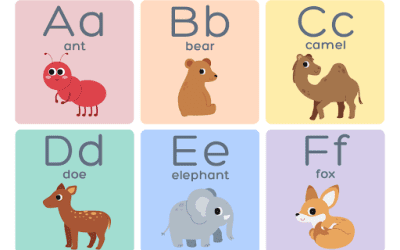During the curriculum development process, a SME may:
- Collaborate with the development team
- Add substance to outlines and storyboards
- Ensure that content is accurate
- Answer questions that arise about the content area
The Instructional Design Process
 The SME and the instructional designer begin their collaboration early on by determining the needs of the learner and the learner’s characteristics. The SME and instructional designer create a list of characteristics that a learner in their class may have. The SME then works with a writer to create a course description. Then the instructional designer suggests a sequencing of the class. The SME approves the sequencing.
The SME and the instructional designer begin their collaboration early on by determining the needs of the learner and the learner’s characteristics. The SME and instructional designer create a list of characteristics that a learner in their class may have. The SME then works with a writer to create a course description. Then the instructional designer suggests a sequencing of the class. The SME approves the sequencing.
Once the instructional designer creates objectives for the course, the SME evaluates the objectives based on the content and makes sure that each objective is properly connected to the content. Using the learning objectives, the instructional designer and the SME determine how to assess the learners. Together, they create a summative assessment. Here, the expert may offer valuable input about whether the assessment is properly connected to the content. The SME may also ask, “Will these skills be used in the real world?” to determine if the content is realistic outside of the classroom.
Next, the SME and instructional designer determine which resources will be the most useful for students. The expert may offer resources, and the instructional designer will determine if they are instructionally sound and appropriate for the course. With all the materials ready, the next step is deciding how the course will be implemented.
The instructional designer uses his or her expertise in learning to determine the best method of delivering the content based on the learner. Delivery methods can include:
- Printed material for a classroom

- Online module
- Mobile application
When the delivery method has been selected, the course is ready for evaluation. The SME plays an important role in the evaluation by using their expertise to determine if the material is accurate. If any inaccuracies surface during evaluation, the team flags them and makes a plan to fix them. Together they work to create accurate and engaging curriculum for the learner.
Final Thoughts
The SME plays an important role in the instructional design process by providing needed content and offering a critical eye of the material. Working with an expert allows the development team to design curriculum that is rooted in expertise and experience in the field. When the instructional designer and expert work together throughout the development process, they can create exciting and accurate curriculum for the learner.





